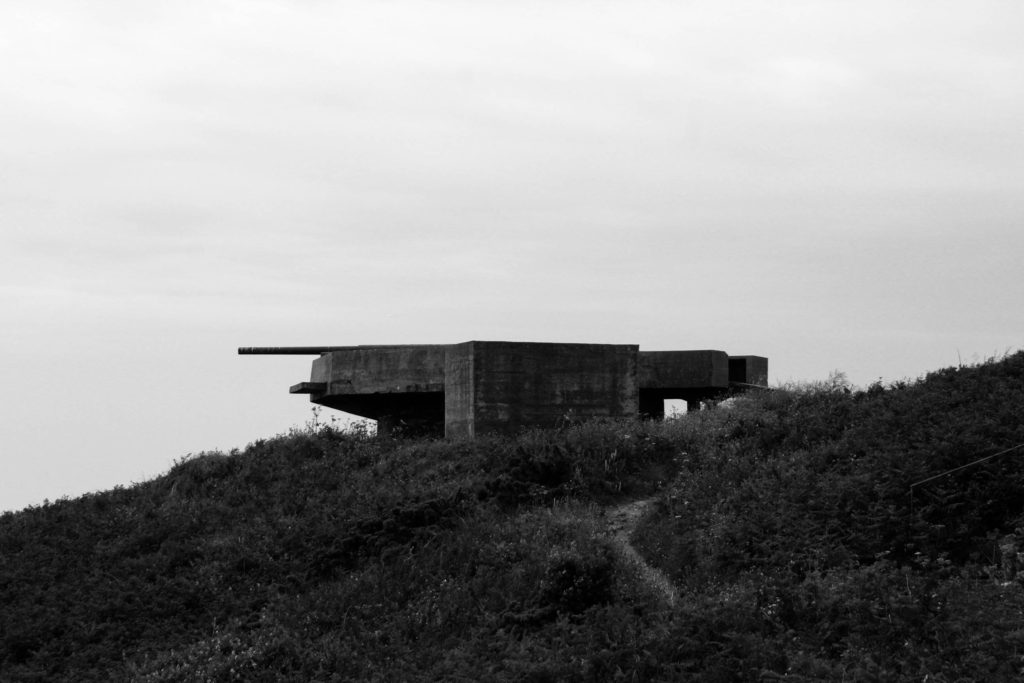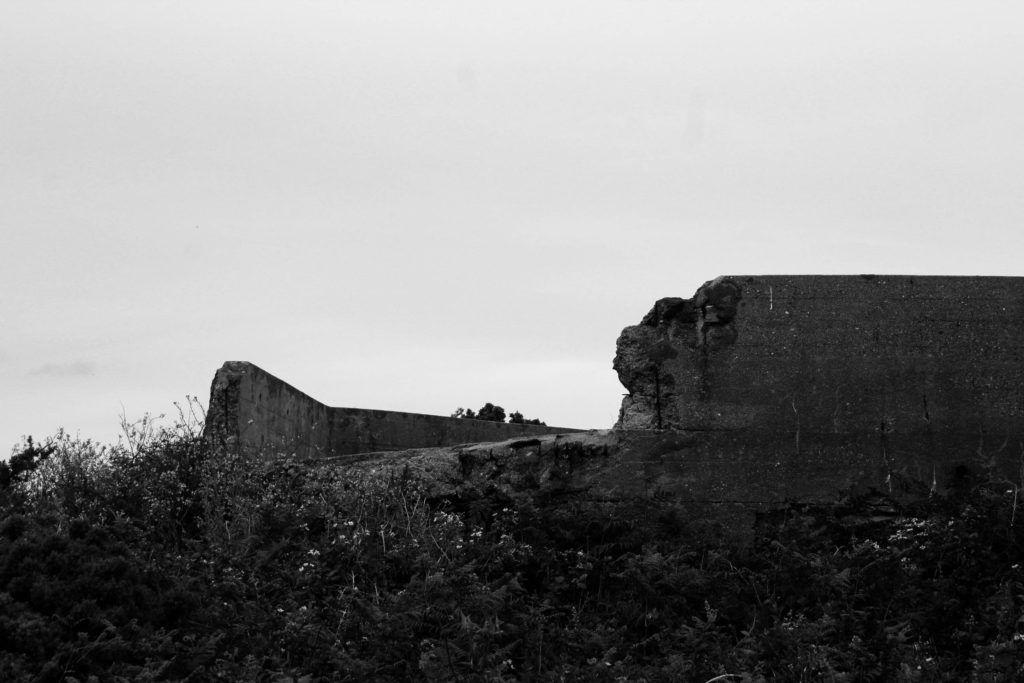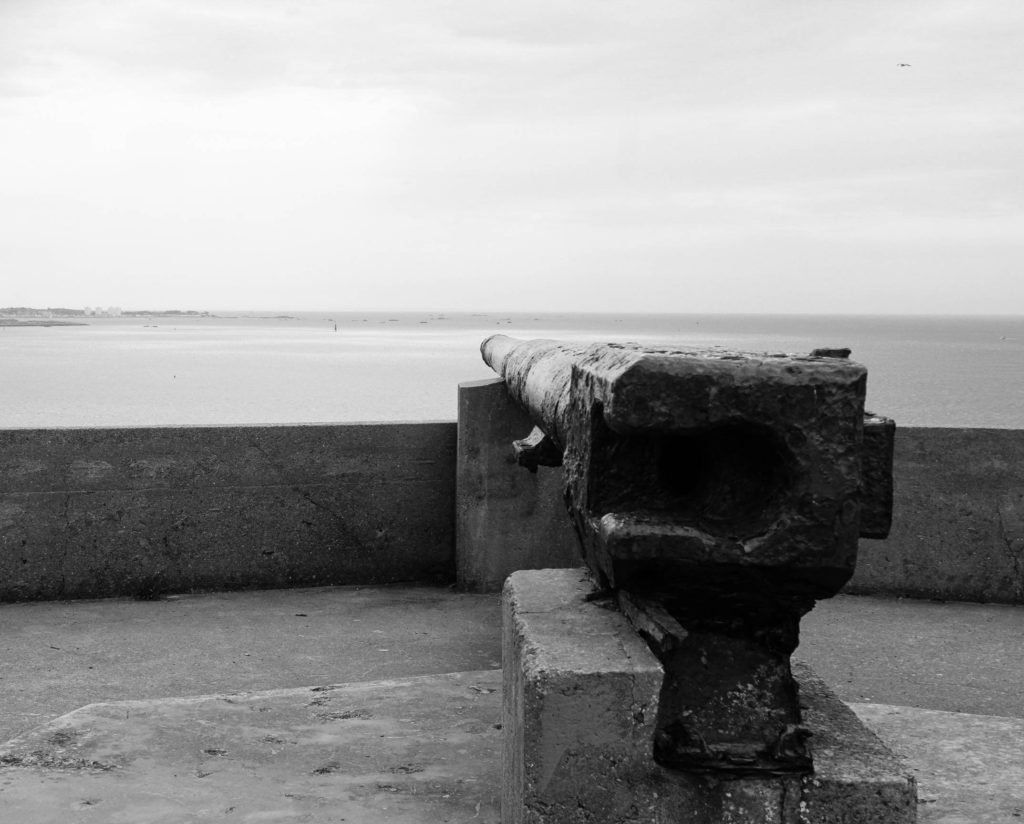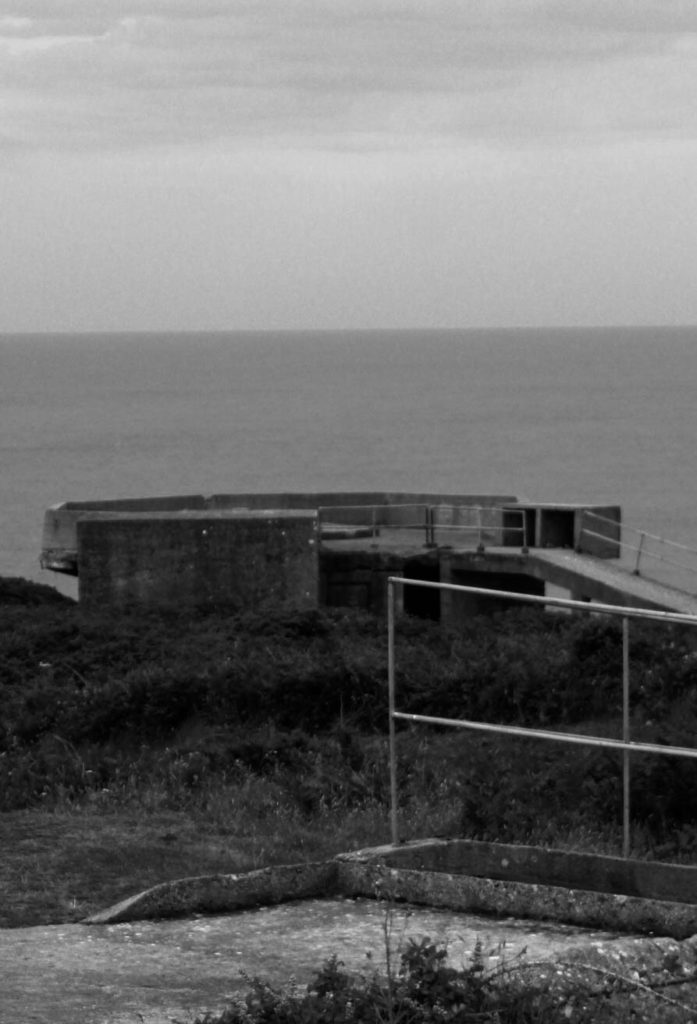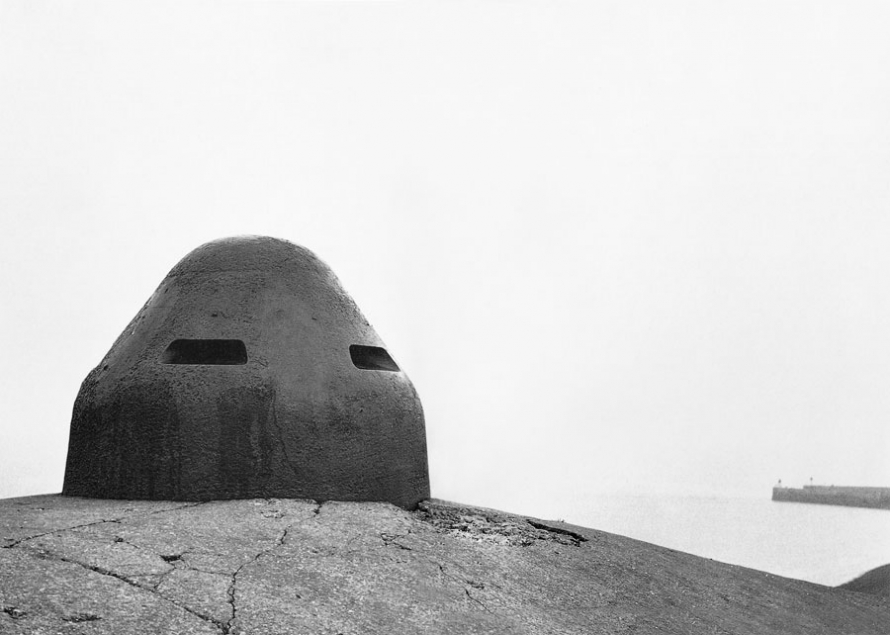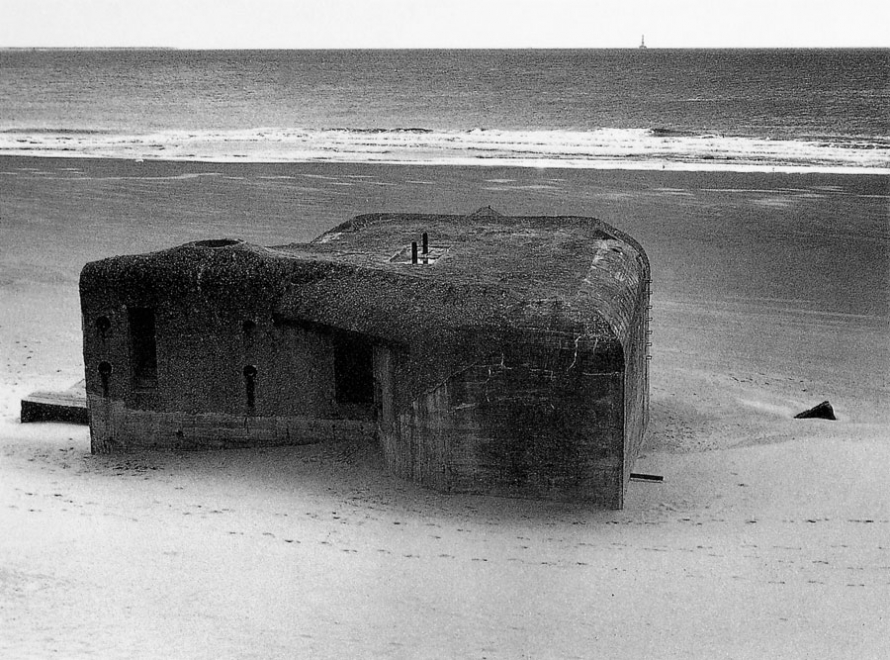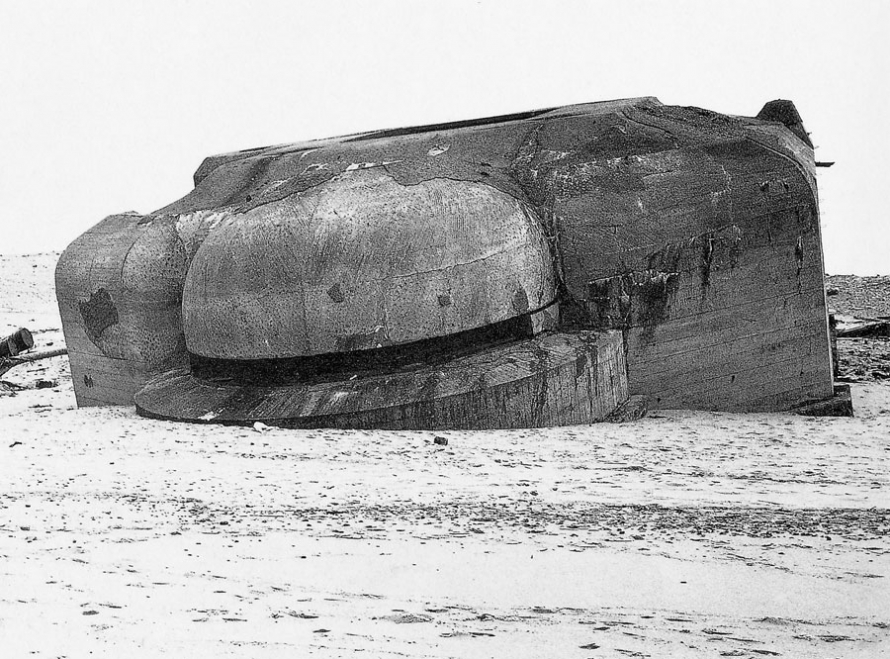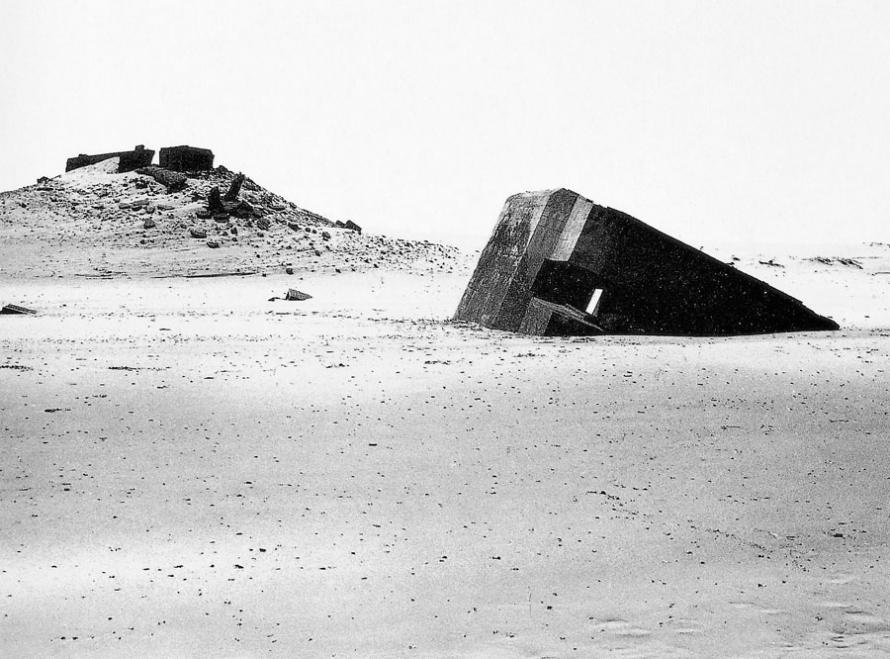An archive is an accumulation of historical records or the physical place they are located. Archives contain primary source documents that have accumulated over the course of an individual or organization’s lifetime, and are kept to show the function of that person or organization. An archive is a place where people can go to gather firsthand facts, data, and evidence from letters, reports, notes, memos, photographs, and other primary sources. Archives are records that have been naturally and necessarily generated as a product of regular legal, commercial, administrative, or social activities. They provide evidence of activities and tell us more about individuals and institutions. They tell stories. They also increase our sense of identity and understanding of cultures. They can even ensure justice. Archives are vital concentrators of knowledge because of their role in centralizing access to records. Records are essential extensions of human memory that can be used to help bind society together and serve as tools of social justice and reconciliation.
Archives are repositories of memory, providing reliable evidence for examining the past. Archives therefore serve an important role in identifying and preserving the documentation that forms one’s historical memory. Archival memory is a social construct reflecting power relationships in society.
Photography can form a double role with archives by showcasing a person or an organisation. Photography can be used for fields of science, manufacturing (e.g., photo lithography), and business, as well as its more direct uses for art, film and video production, recreational purposes, hobby, and mass communication. Photography can also show a link between past and present events, therefore creating an image of what places/things used to be like.
David Bate’s text explains that museums often used archived and artifacts to present a particular cultural and or historical moment in time. A museum acts as a repository of cultural memory for future generations. It can act as a focus for community events, and as a great ‘attractant’ for incoming tourism for the country. He also says museums aim to create a story and states that items are “often chosen from a vast repository aiming to construct a particular story”. Next, he discusses the British Museum and how it’s first official photographer was employed in 1854 to document it’s artifacts. One photographer (Fenton) took photographs of the museums interior, the aim was to create an impression of how it was to see these items in the Victorian era. The photographs were said to ‘evoke a “pastness” which was also to create an ‘atmospheric space’ and a ‘kind of silence’. This conveys that the photos are creating a presence and being around them, showing attributes of the past and present
One artist mentioned in Bate’s text was Louis Lawler. Her photographs feature artworks in private homes, public museums or auction houses. Her art is there to show how art is contextualized or de-contextualized by their environments. Her work is showing the behind the scenes of the artifacts, which gives it a different feel and changes the minds of people looking at the work displayed, making them look at it differently.
Another artist from Bate’s text is Susan Hiller. Bate’s touches upon her collection “Dedicated to the unknown artists 1972-6”. It is a collection of three hundred post cards from all around the coast of Britain. Each postcard shows an image, variously hand-tinted and black-and-white and several of these postcards are paintings. Hiller’s work conveys a very powerful yet simple feel and shows the culture stored in archives.
Researching and exploring the ideas of archives has really helped me with my personal studies of archives. It also guides me with the project of Occupation in Jersey by further expanding my knowledge on the occupation and how life was like. Going to Société Jersiaise archives really helped with research as well as the images and artifacts I was able to view really sparked a interest and gave me a better understanding of Jersey’s struggles and living condition in the time of the occupation. It also helped my personal studies as it helped me make a decision on whether I would do landscape or portraits for this project, and if I would stick with just one particular subject matter.
Archives have developed and changed at the same time the world has. People around the world now have access to the internet and can save and document their memories and events that happen in their lives on their phones or computers. Archives have developed to preserve historical facts, times of places, societies, mass institutions and personal archives of people and families. This is a great thing as people around the world can see and experience different cultures by looking at these archives. Even though the world is mostly technology based, there is hope that these archives will still be around to educate people on the past and inspire others to make memories and archives of their own.
In my archive of adulthood I wish that there are photos of my travels, jobs, kids, family and loved ones. I wish to document my children growing up through photos to then later on show them to grandchildren. I think that having photos and home videos of you as a child creates a nostalgic feeling, which is a lovely experience. Also, I hope to take home videos to watch with my family as I feel it is something personal we can all watch and relate to, and also watch ourselves being with the people we love. I believe archives are a great way for me to document my life.
I have learned that archives lay a huge role on protecting and preserving vital parts oh history and if we didn’t have them we would not be able to know what happened in the past of the world. It also gives insight on multiple different societies, cultures and backgrounds. I believe that archives are amazing for saving personal memories and stories through photographs, letters and so on.
In conclusion, archives play a big role in a photographers work and in preserving parts of cultures and places. Archives provide a connection to the past and help us to comprehend things that happened before us and give us a better understanding of how things were like in the past. Archival material helps to create a narrative to show changes in time, for example: the Occupation of Jersey show the bunkers, diaries and letters of the past, which helps us to create the story of what it was like in the Occupation.











